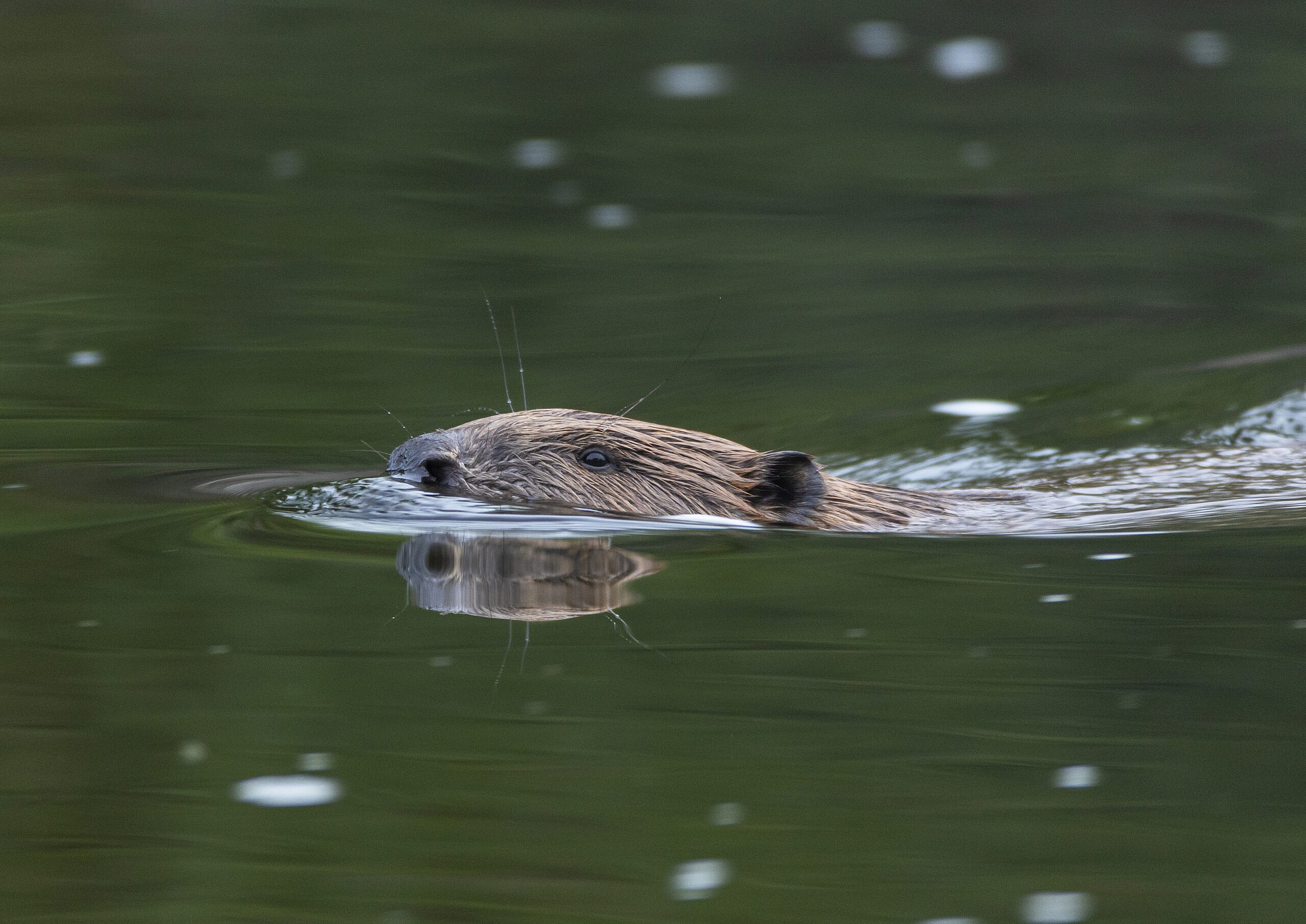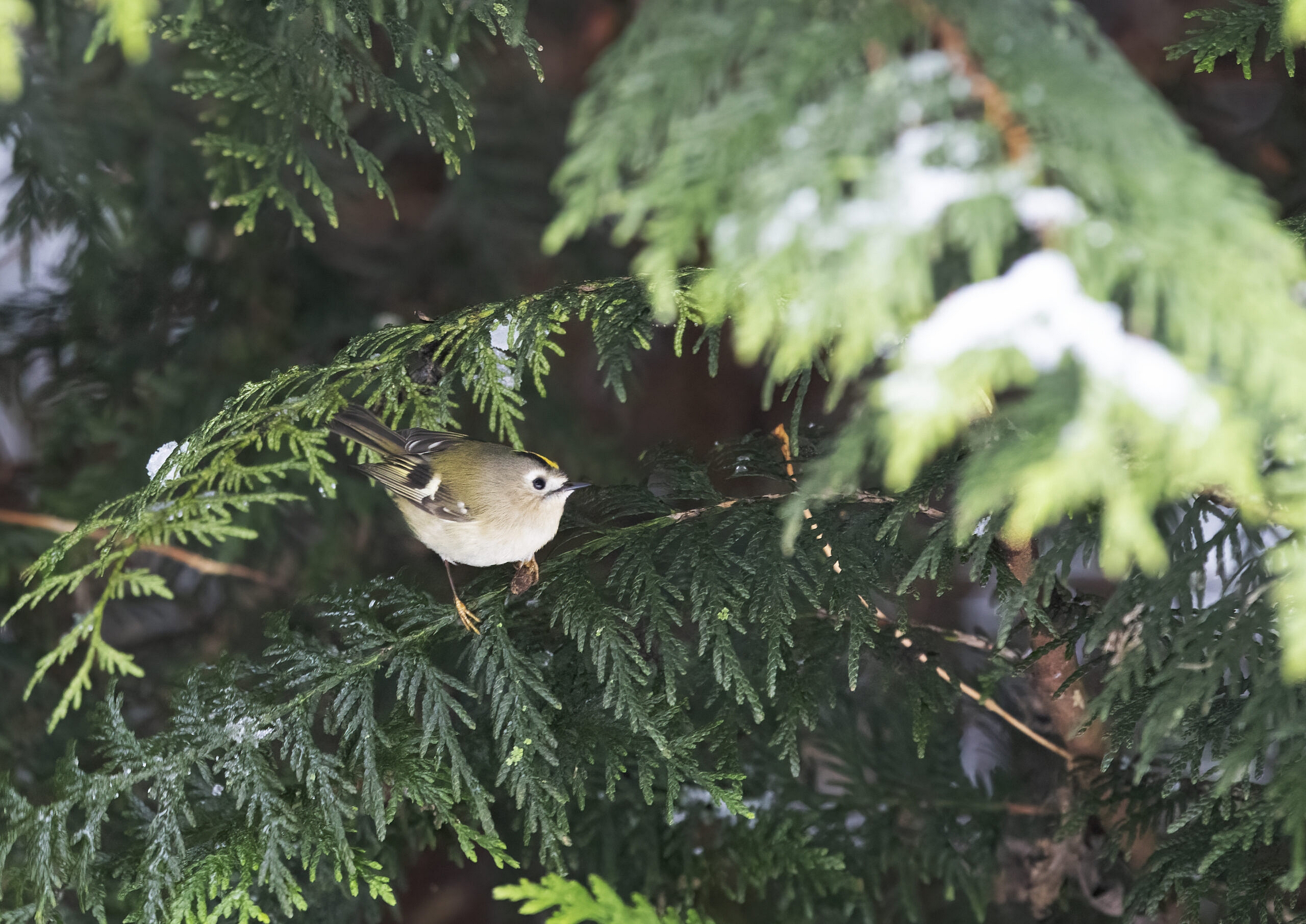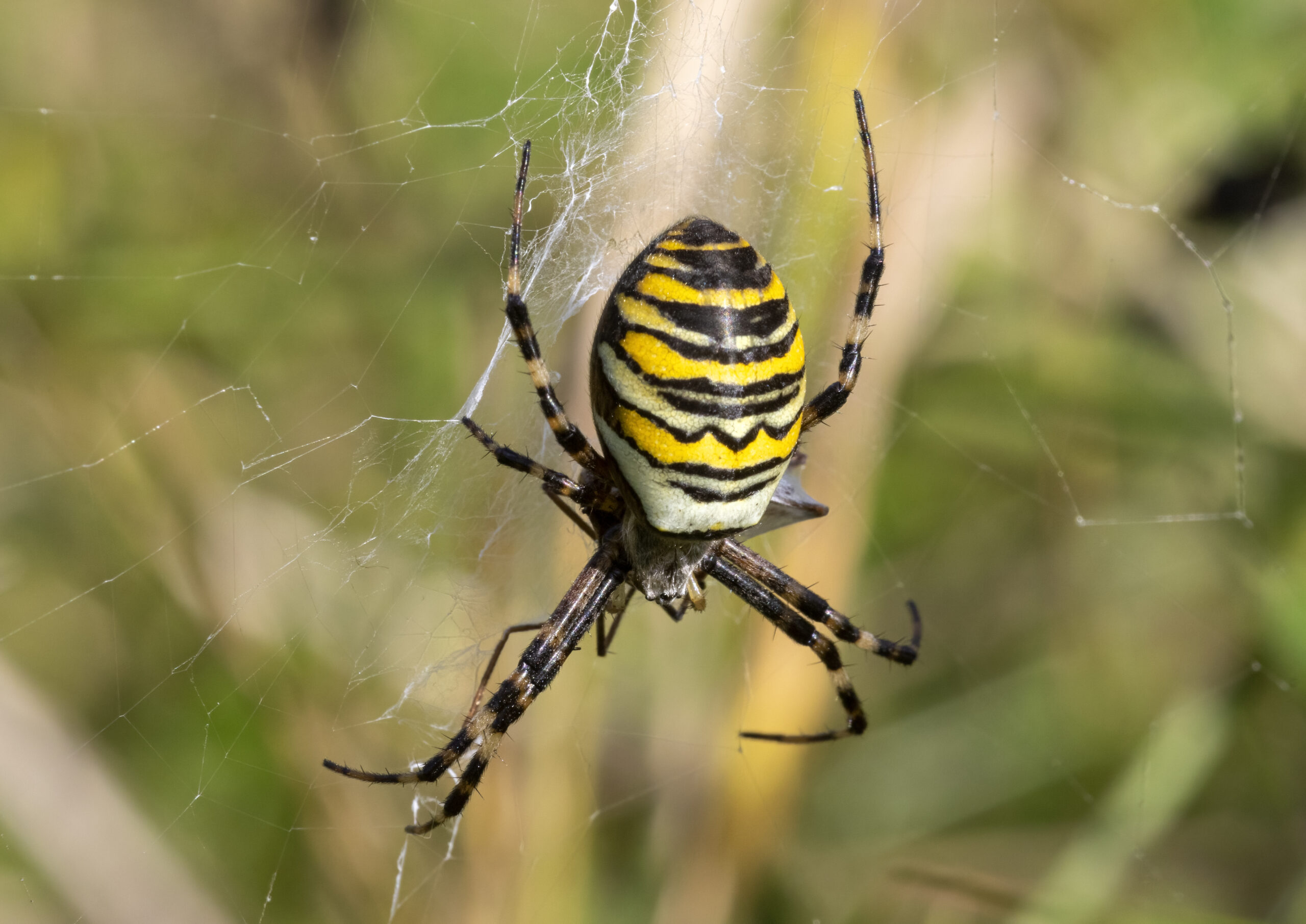This last week I went on a trip to Cumbria, in search of “Britain’s only alpine butterfly”, the Mountain Ringlet. This small butterfly is adapted for the colder, harsher climates at altitude, having a hairy body and wings, and flies in tiny colonies at altitudes (in England) from 350m upwards. It can be remarkably hard to see because each colony flies only for a few days, the timing o which varies, and it only flies in still, sunny weather – a rarity at these altitudes.
So it was with much more hope than expectation that I set off up Irton Fell, part of a range of high hills in Cumbria, and home to three known colonies. The day before (indeed, most of the week before) had been one of dark skies and torrential rain. Any extant ringlets would have been hard pushed to fly at all. But the morning had dawned fair and hot, so I set off. The climb to the sites was relatively easy – a steep walk, rather than a scramble over scree or a real climb, although it did involve walking uphill through a small stream at one point. The weather on the Cumbrian mountains can change quickly and without warning, and I was depressed at the number of people I saw walking without any safety precautions at all – a couple in light summer clothes without so much as a bottle of water, let alone rain gear or the means to find their way if the mists came down.
At the first site, I found ringlets immediately. But not the mountain kind – this was the regular ringlet butterfly, along with many meadows browns. Despite its name, the mountain ringlet actually looks more like a small meadow brown. This led to many excited chases, followed by the crushing disappointment when the butterfly turned out to be something other than a mountain ringlet. I carried on uphill to a second site, where I saw the same thing. And finally I climbed to the stunning location known as Greathall Gill. At aroud 1200 feet, this was the highest colony and likely to emerge slightly later in the year than the others. Greathall Gill is an impressive scar, a knife slash down the otherwise stable Wasdale granite, the sides puckered and resembling the gills of a fish – which is not where the name comes from: “gill” just means “gorge”. Here. against the flow of a strong wind, I searched for mountain ringlet in a colony described as “large”. For half an hour, I saw nothing. And then a small movement among the grasses. A small butterfly, about the right size, was flying strongly against the breeze. I ran after it. It zigged and zagged, as if determined not to let me get a close look at it. And then it stopped.
Not the rare mountain ringlet, but rather a small heath, a common butterfly much more at home (as its name suggests) on a sea-level heathland than high up in the fells. And then to add insult to injury, a second butterfly passed me. This was a red admiral, also far, far from its normal home. I was even passed by a large hawker dragonfly, which flew past me and plummeted over the edge of Greyhall Gill wit the carefree abandon of those that can fly.
I never did see the mountain ringlet. Soon after the red admiral appeared, the clouds came over and the drizzle returned. The couple in summer clothing passed me, heading quickly downwards thankfully safe, but looking rather cold.
Perhaps the small heath and red admiral were blown up the fells by the strong winds. But whatever the cause, they seemed quite happy to be flitting around up there, while “Britain’s only alpine butterfly” was conspicuously absent. Despite all of its special equipment for surviving the cold, it turned out to be a bit of wimp. Not so tough, after all.




Social Profiles